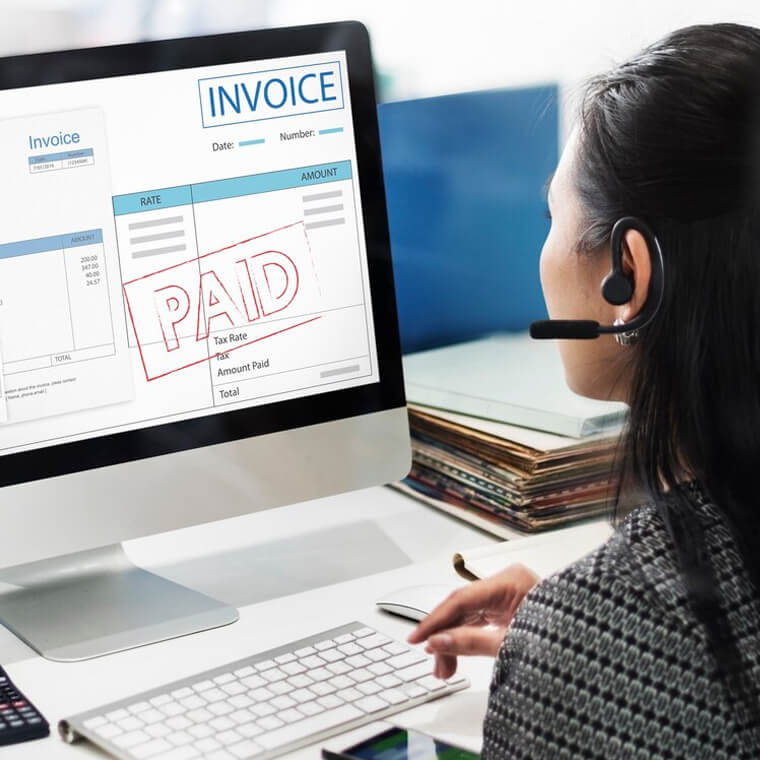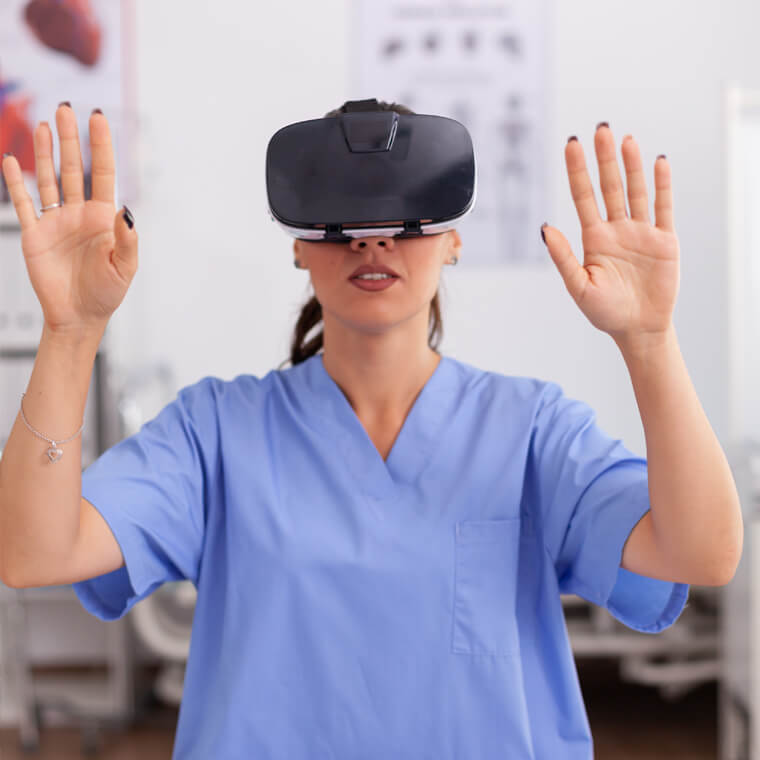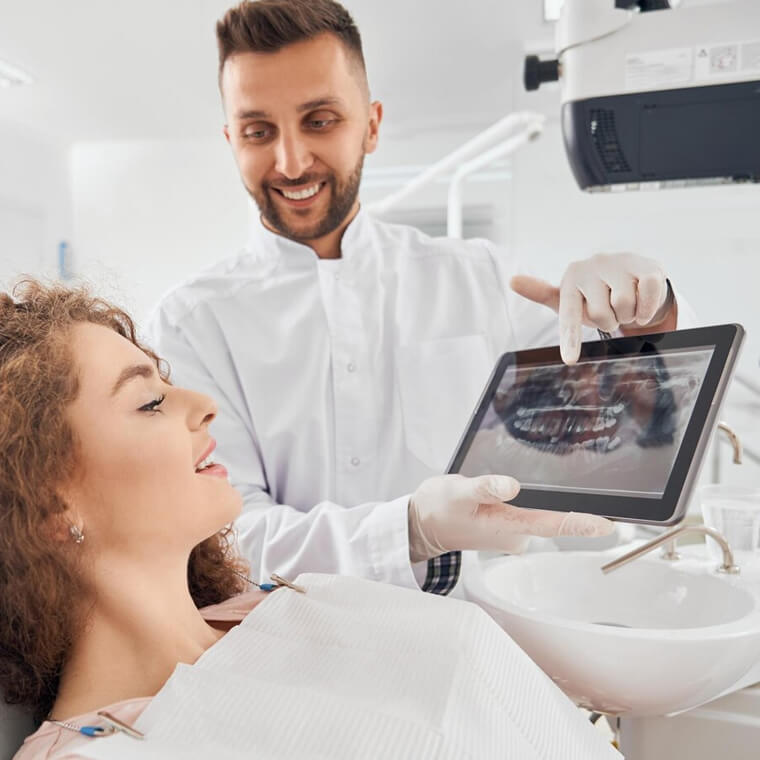Ends in
ends in 103 Days

ends in 103 Days

ends 11 July
Embracing the Latest Dental Software Trends for 2024

The dental field continually adapts to the dynamic landscape of marketing. In an era characterized by constant technological advancements and evolving consumer behaviors, dental professionals must proactively embrace change to attract and retain patients.
At Adit, our dedicated team diligently stays abreast of cutting-edge marketing trends, ensuring our clients receive optimal support in enhancing their dental marketing strategies, ultimately enabling them to provide excellent care to their patients. As we approach 2024, it's essential to familiarize yourself with the latest dental marketing trends that can propel your practice forward.
Explore the latest dental software trends that are reshaping the industry and how embracing these technologies can elevate your practice to new heights.
1. Cloud-Based Practice Management Systems: Unleashing Flexibility and Accessibility

One of the prominent trends shaping the dental software landscape is the widespread adoption of cloud-based practice management systems. These platforms bring unprecedented flexibility and accessibility to dental practices. By storing patient records, appointment schedules, and other crucial data in the cloud, practitioners can access information from anywhere, facilitating seamless collaboration among team members and ensuring optimal patient care even beyond the confines of the office.
Cloud-based systems also enhance data security and streamline workflow efficiencies, allowing dental professionals to focus more on patient interactions and less on administrative tasks.
2. Telehealth Integration: Redefining Patient-Care Dynamics

The integration of telehealth solutions into dental practices completely reinvented the patient care experience. In 2024, telehealth is not just a response to external challenges; it's a strategic choice for delivering patient-centered treatment. Dental software now supports virtual consultations, remote assessments, and even follow-ups, enabling practitioners to connect with patients in real time from the comfort of their homes.
This trend not only expands the reach of oral healthcare services but also enhances patient convenience. Practices that embrace telehealth are not just keeping up with the times; they are fostering stronger patient relationships by ensuring continuity of care beyond traditional office visits.
3. AI-Powered Diagnostic Support: Enhancing Precision in Treatment Planning
Artificial Intelligence (AI) is making significant inroads into the dental field, particularly in diagnostic support. AI-powered software can analyze dental images, detect abnormalities, and assist practitioners in developing precise treatment plans. This technology not only expedites the diagnostic process but also contributes to higher accuracy in identifying potential oral health issues.
Administratively, AI has helped practice owners explore their finances more intuitively, giving them a better understanding of how key performance indicators can create roadmaps to clinical successes.
4. Enhanced Patient Engagement Platforms: Fostering Interactive Healthcare Experiences
Next year, patient engagement will continue to go beyond automated appointment reminders and post-visit surveys. Dental software trends now include comprehensive patient engagement features that foster interactive healthcare experiences. These platforms offer features such as secure messaging, online self-scheduling, and educational resources tailored to individual patient needs.
90 days after ditching Weave: AVA Dental gained 25% more patients with Adit Tired of tech that makes your job harder? AVA Dental was done with unreliable tools and support that never showed up when needed....
Schedule a DemoEmbracing these new features not only improves communication but also empowers patients to take an active role in their oral health. Practices that prioritize patient engagement are not just providers; they become partners in their patients' well-being, building trust and loyalty that extends beyond the dental chair.
5. Integrated EHR and Billing Systems: Streamlining Administrative Workflows

Efficient administration is the backbone of any successful dental practice. In 2024, EHR and billing system integrations continue to take center stage during the ongoing staffing shortage. Streamlining administrative workflows through integrated systems reduces the risk of errors, enhances efficiency, balances workloads, and ensures seamless communication between clinical and billing departments.
Practices that take advantage of these tools experience a reduction in administrative burden, allowing staff to focus on delivering quality patient care. The result is not just improved internal processes but also a positive impact on the overall patient experience and staff morale.
6. Mobile Apps for Patient Empowerment: Putting Healthcare in Their Hands
Mobile apps are transforming the treatment experience by putting healthcare literally in the hands of patients and their dentists. Dental practices are adopting mobile apps that enable continuous access to records, online schedulers, reminders, and even engaging in virtual consultations—all from their favorite smart device.
This trend not only aligns with the digital preferences of today's patients but also positions the practice as forward-thinking and patient-oriented. By providing tools that empower providers and patients to manage their oral health conveniently, practices can enhance satisfaction and increase brand loyalty.
7. Blockchain for Secure Patient Data Management: Reinforcing Data Integrity and Privacy
Data security in healthcare has experienced an uptick in ransomware and phishing attacks over the past decade. Blockchain technology is emerging as a solution to ensure the integrity and privacy of patient data by employing decentralized and encrypted ledger systems. This innovation not only safeguards sensitive information but also streamlines data sharing among healthcare providers while maintaining a high level of security. Practices that adopt blockchain for patient data management demonstrate a commitment to privacy and set a new standard for secure and transparent healthcare practices.
8. Virtual Reality (VR) in Patient Education

Virtual Reality (VR) is breaking new ground in patient education within dental practices. VR applications allow patients to explore 3D models of their oral anatomy, understand treatment procedures, and even experience simulated environments for relaxation during procedures. By integrating VR into patient education, dental practices enhance communication, reduce anxiety, and empower patients with a deeper understanding of their oral health. Embracing this trend not only modernizes patient education but also creates a more immersive and informed healthcare journey.
9. Automated Treatment Planning with 3D Imaging

The arrival of dental 3D imaging and automation is revolutionizing treatment planning in restorative dentistry. Some dental software suites now utilize 3D scans to create detailed treatment plans automatically, ensuring a higher level of precision in procedures such as implant placements and crown fittings. This trend not only accelerates the treatment planning process but also enhances the accuracy of restorative interventions. Practices that incorporate automated treatment planning save time and deliver outcomes that meet the highest standards of precision and patient satisfaction.
10. Predictive Analytics for Practice Optimization: Anticipating Trends and Needs
Predictive analytics is another software trend that is fast becoming a cornerstone for practice optimization by providing insights into future trends and patient needs. Dental software now integrates predictive analytics tools that analyze historical data to anticipate patient preferences, appointment patterns, and even potential equipment maintenance requirements.
By leveraging this newest analytical tool, clinics can optimize their operations, create stellar patient experiences, and stay ahead of emerging industry trends. Offices that use this technology can expect to position themselves as proactive and data-driven, fostering a culture of continuous improvement and adaptability in modern dentistry.
Adit's Innovative Practice Management Software: Leading Dental Evolution

The dental software trends shared in this article are definitely dynamic and cutting-edge. When it comes to practice management software, Adit stands out as a trailblazer, seamlessly integrating state-of-the-art features to take practice efficiency higher than ever. We are known for our commitment to continuous innovation, reliability, and scalability, Our software tools are revolutionizing the way dental firms operate and deliver care.
Adit's commitment to innovation is evident in its ongoing efforts to stay at the forefront of technological advancements. Our platform incorporates the latest trends, from cloud-based practice management systems to AI-powered analytical features, providing dental practices with a comprehensive suite of tools that align with the future of digital dentistry.
Beyond innovation, Adit practice management software offers unmatched reliability that clinics depend on every day to streamline operations and minimize disruptions. Our cloud-based dental software ensures that critical patient data, appointment schedules, and operational information are securely stored and easily accessible from anywhere you are.
Adit isn't just keeping pace with dental software trends for 2024; we're leading the way into a digital future where innovation, reliability, and scalability are paramount. Trust our software tools to help your dental firm achieve newfound efficiency, brand reach, and patient satisfaction in 2024 and in years to come.
Experience a new era in dental practice management and book your free demo today.
more about Adit?
Access a full suite of patient communication tools with Adit! Texting, payments, reviews, & scheduling in one place.
Schedule a DemoAngela is a former English teacher turned marketing content specialist. Over the past 10 years, she’s developed marketing strategies to forge enduring bonds between B2B, B2C and SaaS companies and their clients through holistic education, effective communication, and captivating storytelling that moves audiences to act.
Get a $25 Gift Card when you take a demo
Schedule a Demo
Get a $50 Gift Card
when you take a demo
Looks like you're out of bounds!
Hey there! Your current location falls outside Adit's area of operation. If this is unexpected, try disabling your VPN and refresh your page. For further assistance or to book a live demo, connect with us at 832-225-8865.
December 14 Amazon Demo Promo
Terms and Conditions
Last Updated: December 14, 2025Offer ends December 17, 2025, and is limited to prospective customers who sign an annual agreement before December 31, 2025. Gift card will be emailed to the company owner or established representative within 4 weeks of signing the annual agreement. Offer may not be combined with any other offers and is limited to one (1) gift card per office. Offer is not available to current customers or to prospective customers or individuals that have participated in a Adit demo during the prior six (6) months. Recipient is responsible for all taxes and fees associated with receipt and/or use of the gift card as well as reporting the receipt of the gift card as required under applicable federal and state laws. Adit is not responsible for and will not replace the gift card if it is lost or damaged, is not used within any applicable timeframe, or is misused by the recipient. Adit is not responsible for any injury or damage to persons or property which may be caused, directly or indirectly, in whole or in part, from the recipient’s participation in the promotion or receipt or use of the gift card. Recipient agrees to indemnify, defend and hold harmless Adit from and against any and all claims, expenses, and liabilities (including reasonable attorney’s fees) arising out of or relating to a recipient’s participation in the promotion and/or recipient’s acceptance, use or misuse of the gift card. This offer is sponsored by Adit Communications, Inc. and is in no way sponsored, endorsed or administered by, or associated with Amazon.
Thank You!
We appreciate your interest! Adit AI will be calling you in the next few minutes!
Why Adit?
Cut your software bill by up to 60% when you merge everything your dental office needs to run under one roof.
Centralize Communications
- Phones & TeleMed
- Emails & eFax
- Texting & Reminders
- Call Tracking and more!
Streamline Operations
- Patient Forms
- Online Scheduling
- Payments
- Reviews and more!
Boost Production
- Performance Dashboards
- Morning Huddle
- Claims & Collections
- Patient Profiles
- Follow Up Lists
- Year Over Year Metrics
Acquire More Patients
- Digital Marketing
- Website Design
- SEO
- Google Ads
- Facebook Ads
Ends in

when you sign up with Adit!
Sign up by filling out the form







